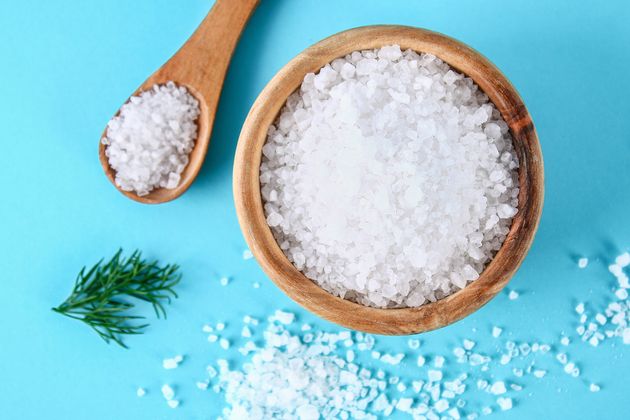We’re becoming increasingly aware that plastic is problematic – and a new study indicates we could even be unwittingly sprinkling it onto our food.
Scientists have tested 39 different salt brands from 16 countries and found that the majority – 90% – contained microplastics.
The report, published in the journal Environmental Science & Technology, found that of the types of salt tested, sea salt, lake salt and rock salts had the highest levels of plastic contamination.
The salts were tested from the UK, USA, Australia and France among other countries. It found microplastic contamination was particularly high in Asia.

The paper, called ’Global Pattern of Microplastics (MPs) in Commercial Food-Grade Salts: Sea Salt as an Indicator of Seawater MP Pollution’ estimated that humans could be consuming a whopping 2,000 microplastics every year just by eating salt.
Professor Kim Seung-Kyu, an author of the study and a professor at Incheon University and at Greenpeace East Asia, said: “The findings suggest that human ingestion of microplastics via marine products is strongly related to plastic emissions in a given region.
“In order to limit our exposure to microplastics, preventative measures are required, such as controlling the environmental discharge of mismanaged plastics and more importantly, reducing plastic waste.”


